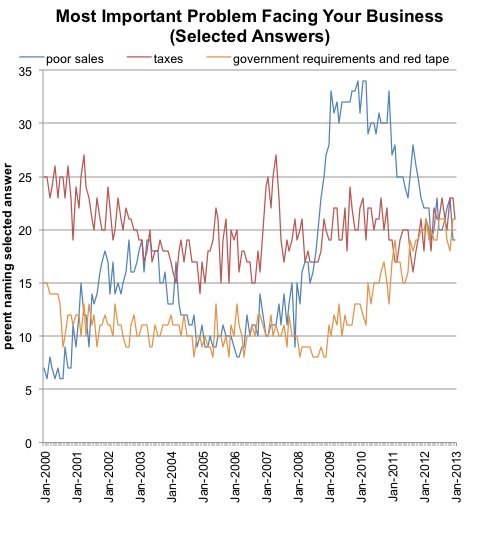This week the Billboard Hot 100, the magazine’s 55-year-old singles chart, takes a evolutionary step by incorporating YouTube plays into its formula. The move comes just in time for Baauer’s song “Harlem Shake,” the latest viral video phenomenon, which will make its debut at No. 1 this week thanks to the change.
“Harlem Shake,” a bass-heavy hip-hop track with no lyrics beyond a few samples, got little mainstream attention when it was released in May as a free download. But this month its popularity exploded on YouTube, as thousands of fans uploaded videos of themselves dancing — some might say simply flailing — along to the song. By last week more than 4,000 videos were going up each day.
Download sales and Spotify streams of the track also skyrocketed. But the remarkable trajectory of “Harlem Shake” led Billboard to move forward right away on its methodology update, something it had been in discussions with YouTube about for nearly two years, Bill Werde, the magazine’s editorial director, said on Wednesday.
“The notion that a song has to sell in order to be a hit feels a little two or three years ago to me,” Mr. Werde said. “The music business today — much to its credit — has started to learn that there are lots of different ways a song can be a hit, and lots of different ways that the business can benefit from it being a hit.”
The move is Billboard’s latest step in modernizing the Hot 100, which besides sales and airplay now also incorporates data from streaming services like Spotify. YouTube has taken on an essential role in propelling songs to the cultural forefront, often long before they are picked up by radio programmers.
Psy’s “Gangnam Style” and Carly Rae Jepsen’s “Call Me Maybe” are the most prominent examples of this trend, but plenty of other recent hits — like Gotye’s Grammy-winning “Somebody That I Used to Know” — also owe much of their success to video virality.
The rise of “Harlem Shake” is all the more remarkable because of its speed. With only 18,000 downloads the song did not make the last Hot 100 chart at all. But last week it caught fire online, and across the tens of thousands of its scattered YouTube dance videos the song had 103 million views in the United States, according to YouTube, and sold 262,000 downloads, making it the third-most downloaded track of the week. (Even without the YouTube data, “Harlem Shake” would have charted in the Top 15 this week, Mr. Werde said.)
Billboard’s charts are based on data collected by Nielsen SoundScan, which has also been modernizing its data. When the service started in 1991, it gave the music industry its first reliable, third-party sales data, transforming the way record labels, retailers and others did business. Now Nielsen also tracks radio plays and most major streaming services.
“We want to measure how much consumption is going on, in whatever form a consumer chooses to consume something,” said David Bakula, a senior analyst at Nielsen.
Also on the charts this week a number of acts benefited from their exposure at the Grammy Awards. Mumford Sons rose three spots to return to No. 1 with “Babel” (Glassnote), the album of the year, which sold 185,000 copies last week. And a compilation of this year’s Grammy nominees is No. 2 with 88,000 sales.
Macklemore Ryan Lewis’s track “Thrift Shop” was once again the most-downloaded track of the week, with 412,000 sales. But with the arrival of “Harlem Shake,” it falls to No. 2 on the Hot 100.
Article source: http://www.nytimes.com/2013/02/21/arts/music/billboard-makes-youtube-part-of-hot-100-formula.html?partner=rss&emc=rss

